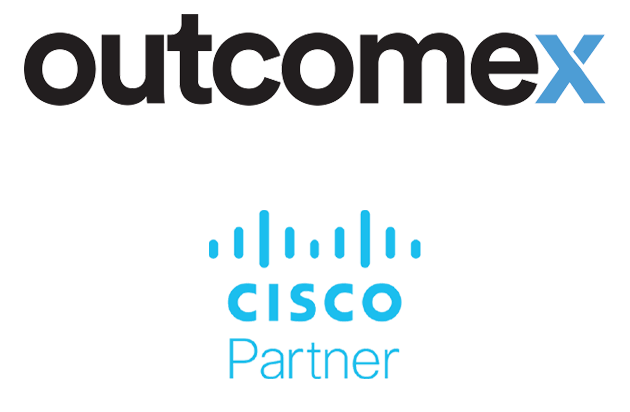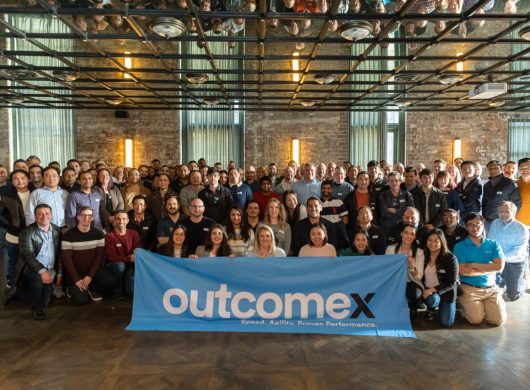The future of security is in the cloud with SASE
Enterprise network security is moving to the cloud.
The rise of dispersed and remote users is pushing enterprise network traffic through cloud, SaaS and IaaS. To keep enterprise data safe, this traffic needs to be secured. Enter, Secure Access Service Edge (SASE). SASE is a critical framework for integrating networking and security in the cloud.
Let’s look at the SASE model and why it’s the future of security for enterprise users, applications and data.
A quick guide to SASE
SASE is a cloud-based network and security framework protecting users, applications and data. SASE combines SD-WAN with cloud-native security, delivered by a single cloud service at the network edge.
“SASE is a solution for organisations realising that centralised access to resources is no longer scalable,” explains Arjun De, Outcomex Head of Solution Sales.
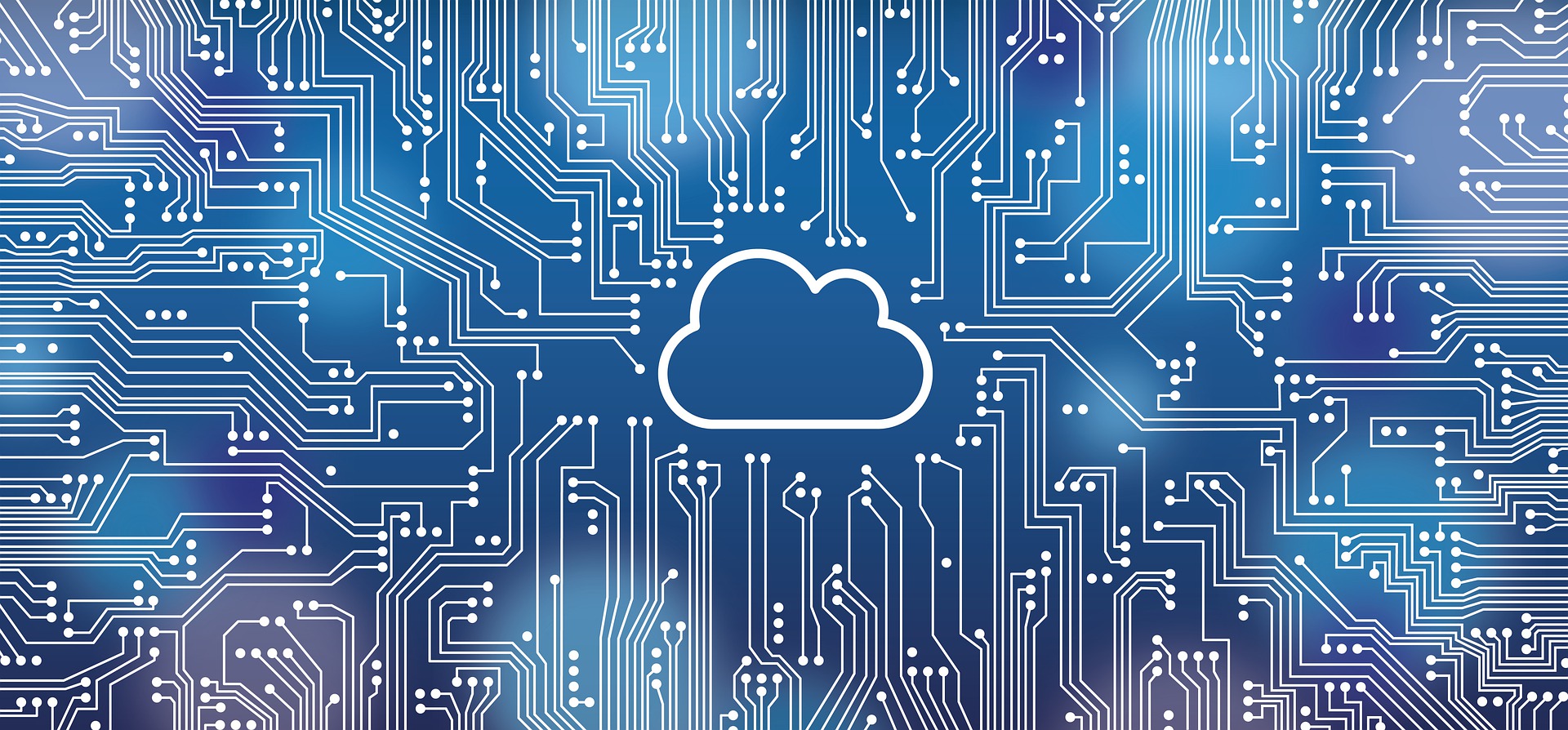
“SD-WAN allows your entire corporate network to be quite agnostic to underlying carriage or transport mechanisms. Combining it with cloud-based security allows internet applications to connect closer to where the employee sits whether it’s from home or at the office. The traditional centralised network using something like MPLS to backhaul everything to a data centre is asking for bottlenecks.”
As more corporate cloud strategies recognise that the internet has actually become the backbone of many corporate networks, SASE is providing an alternative to piping internet traffic through central data centres.
Networking or security? Both.
SASE is a consolidator – it integrates both networking and security in the cloud – although traditionally these functions have been delivered via siloed solutions. SASE delivers both as a single source of truth, while simultaneously providing multiple security functions at the edge and reducing complexity.
SASE is a relatively new concept. First coined by Gartner in 2019, SASE offers a framework to support organisations as they struggle under the ‘new normal’ of a work-from-anywhere workforce. This cloud-based architecture shifts networking and security from the data centres to the cloud – where users are actually working these days.
Gartner describes SASE as a vision of what secure networking models for enterprises could look like in the future – and this vision continues to evolve as IT teams rethink their network and security needs.
SASE is not a single product
It is a network and security framework that builds on technologies like SD-WAN, Zero Trust, CASB, cloud proxy and FWaaS. As a minimum, there are three key ingredients you should look for in every SASE model.
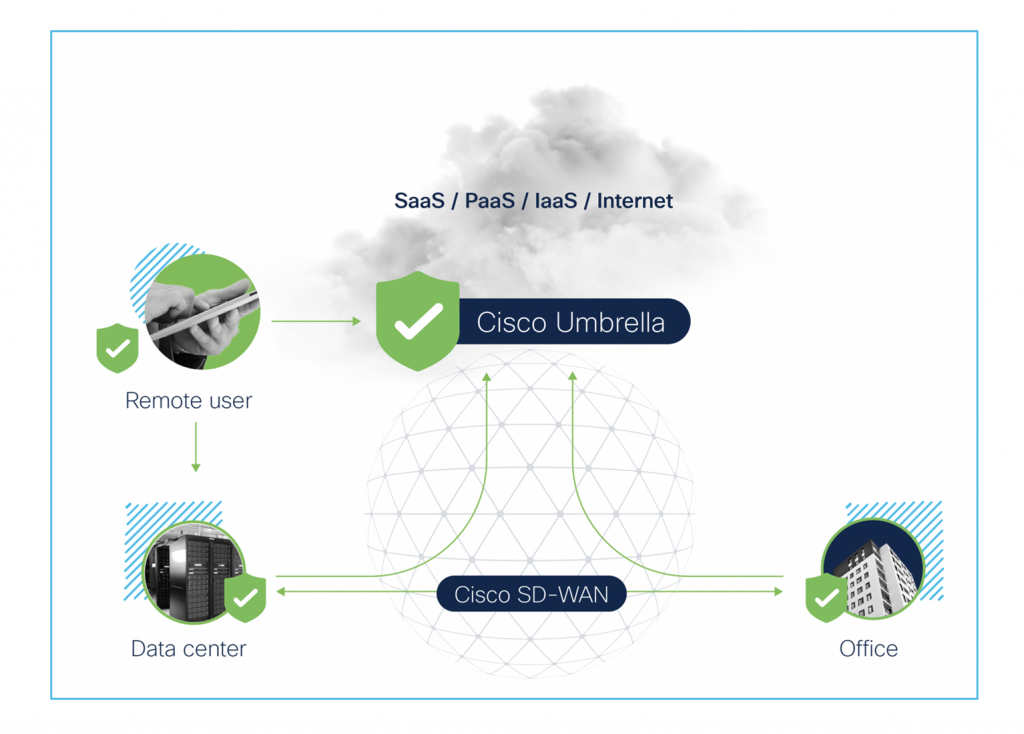
#1 Cloud security
These are the sets of technology and applications delivered from the cloud that protect the enterprise from cyber threats and malicious activity. Cloud Security helps IT teams block threats earlier, protect cloud use and secure users.
#2 SD-WAN
Once upon a time, WAN (wide-area network) connected users to applications hosted on servers in data centres. But traditional WAN was not designed to support the surge in traffic brought about by cloud adoption, leading to traffic management issues and data vulnerability.
Enter, SD-WAN. Not only can SD-WAN help IT teams improve traffic performance, but it also offers better security and threat protection and secures traffic across broadband internet and into the cloud. If your organisation is looking at a SASE solution, make sure it is made up of both cloud native security and SD-WAN networking. If the solution is missing SD-WAN, it is not SASE.
“Recognising that SASE traffic can be broken out directly at the edge leads to a better employee experience,” says Arjun.
“SASE enhances productivity without compromising on security principles.”
#3 Zero Trust
Zero Trust is a security model that operates on the principle of least privilege; the trustworthiness of all people, applications and devices are questioned before they are granted network access.
SASE is key to Zero Trust. For example, Cisco’s Zero Trust solution is based on protecting three pillars: workplace, workforce, and workloads – and SASE plays a big role in connecting workplace and workforce.
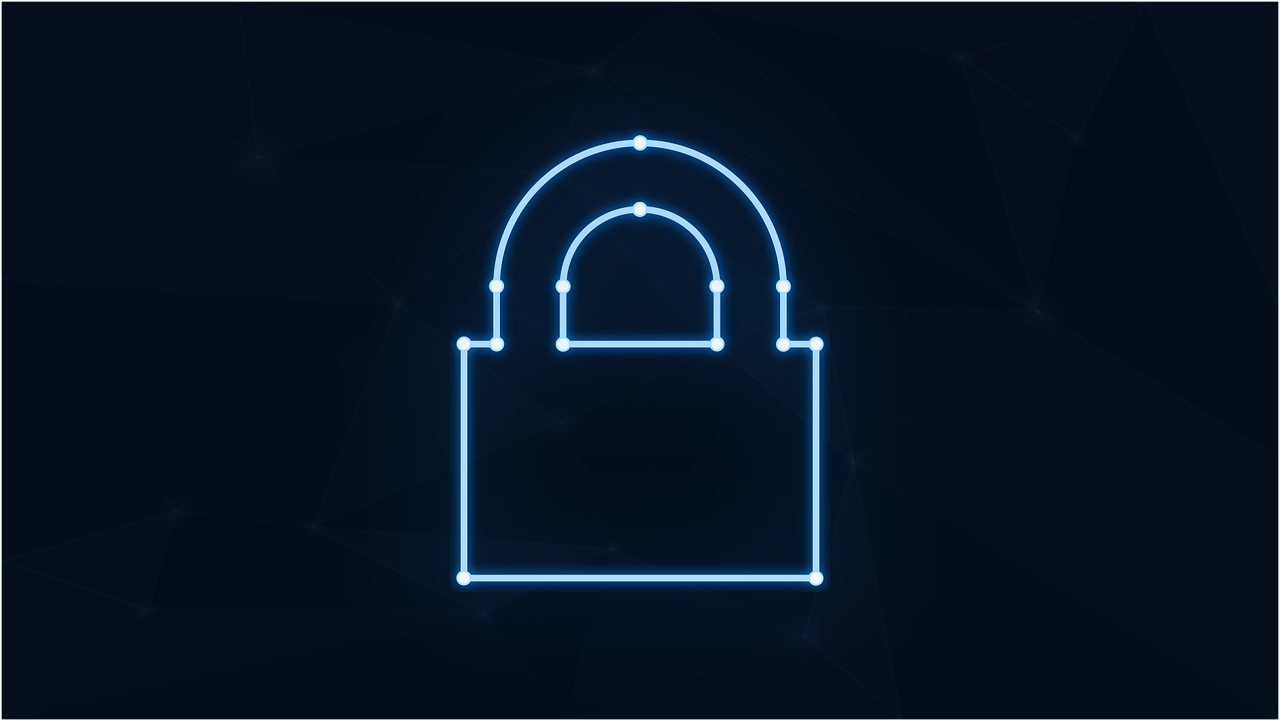
How consolidating networking and security helps IT teams
- Reduce costs and simplify IT functions
- Centralise orchestration and real-time application optimisation
- Provide seamless user access
- Secure remote and mobile access
- Restrict access based on user, device, and application identity
- Improve security
- Centrally manage network and security staff effectiveness
Ready to benefit from a SASE model?
Outcomex is a Cisco Gold Integrator. Our long-term partnership with Cisco means we know their products and how to best fit these to your organisational needs.
As SASE is a framework, rather than a one-size-fits-all template, organisations have the opportunity to custom-fit their SASE solution to their business.
When your organisation is ready to make the shift to a SASE framework, talk to Outcomex about implementation of your SASE investment.
